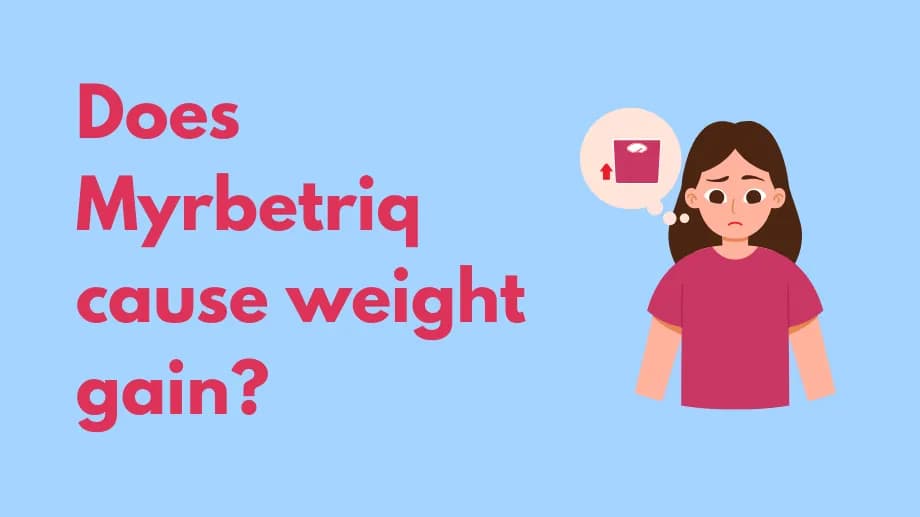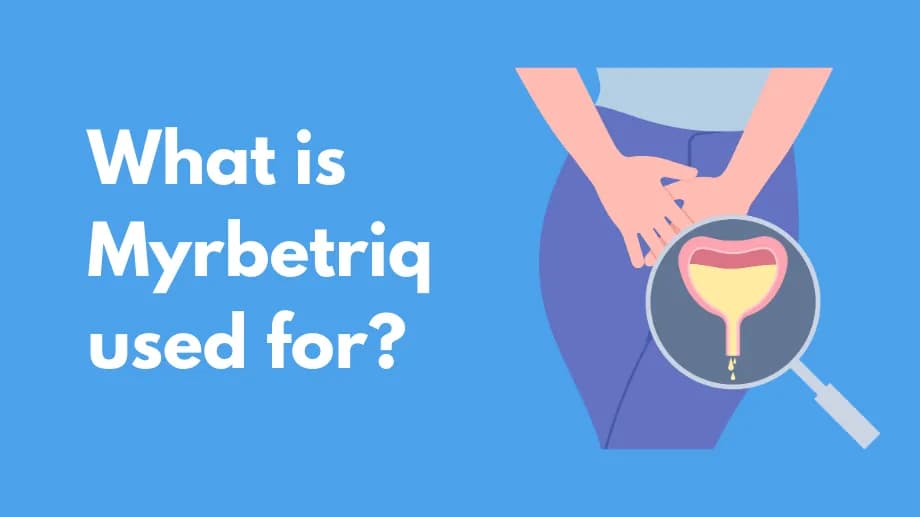What is urinary incontinence?
Definition
Urinary incontinence, or loss of bladder control, is the involuntary leakage of urine. It occurs when the muscles and nerves that control bladder function are weakened, damaged, or overactive.
Types of incontinence
- Stress incontinence: Leakage during coughing, sneezing, laughing, or exercise.
- Urge incontinence: A sudden, strong need to urinate followed by involuntary loss.
- Overflow incontinence: Bladder does not empty completely, causing dribbling.
- Functional incontinence: Physical or cognitive barriers prevent timely access to a toilet.
- Mixed incontinence: A combination of stress and urge symptoms.
Causes
Physical changes and medical conditions
- Pregnancy and childbirth: Hormonal changes and pelvic floor weakening.
- Aging and menopause: Loss of muscle tone in bladder and urethra.
- Prostate issues: Enlargement, surgery, or cancer in men.
- Neurological disorders: Parkinson’s, multiple sclerosis, stroke, spinal injury.
- Diabetes: Nerve damage affecting bladder control.
Lifestyle factors
- High fluid intake, caffeine, and alcohol consumption.
- Medications such as diuretics and sedatives.
- Obesity: Increased pressure on pelvic floor muscles.
Urinary tract issues
- Urinary tract infections: Bladder irritation causes urgency.
- Constipation: Full rectum presses on bladder, increasing urgency.
Symptoms
- Sudden leakage when coughing, sneezing, or lifting (stress type).
- Urgent need to urinate and inability to hold (urge type).
- Dribbling or weak stream due to incomplete emptying (overflow type).
- Accidents caused by mobility or mental impairment (functional type).
- Combination of stress and urge symptoms (mixed type).
Diagnosis
- Medical history and symptom review.
- Bladder diary: Tracking fluid intake, urination times, and leakage.
- Physical exam, including pelvic or prostate assessment.
- Urine tests for infection or blood.
- Postvoid residual measurement via ultrasound.
- Urodynamic studies to assess bladder pressure and flow.
- Cystoscopy to visualize the bladder lining if needed.
Treatment
Behavioral techniques
- Bladder training: Gradual delay of urination to increase capacity.
- Scheduled voiding: Timed trips to the bathroom.
- Dietary adjustments: Reducing caffeine, alcohol, and diuretics.
Pelvic floor exercises
- Kegel exercises to strengthen sphincter and pelvic muscles.
Medications
- Anticholinergics for urge symptoms (e.g., oxybutynin, tolterodine).
- Mirabegron to relax the bladder muscle.
- Alpha-blockers for overflow in men (e.g., tamsulosin).
- Topical estrogen for postmenopausal women.
- Botulinum toxin injections into the bladder muscle for refractory urge incontinence.
Medical devices and procedures
- Urethral inserts or vaginal pessaries for support in women.
- Bladder slings or artificial sphincters surgically implanted.
- Bulking agent injections around the urethra.
- Nerve stimulators such as sacral neuromodulation.
Absorbent products and catheters
- Pads, protective garments, or external catheters for management.
- Intermittent self-catheterization for overflow incontinence.
Sources
- Smith & Tanagho’s General Urology
- National Institute of Diabetes and Digestive and Kidney Diseases
- National Institute on Aging
- Urology Care Foundation
- National Association For Continence

